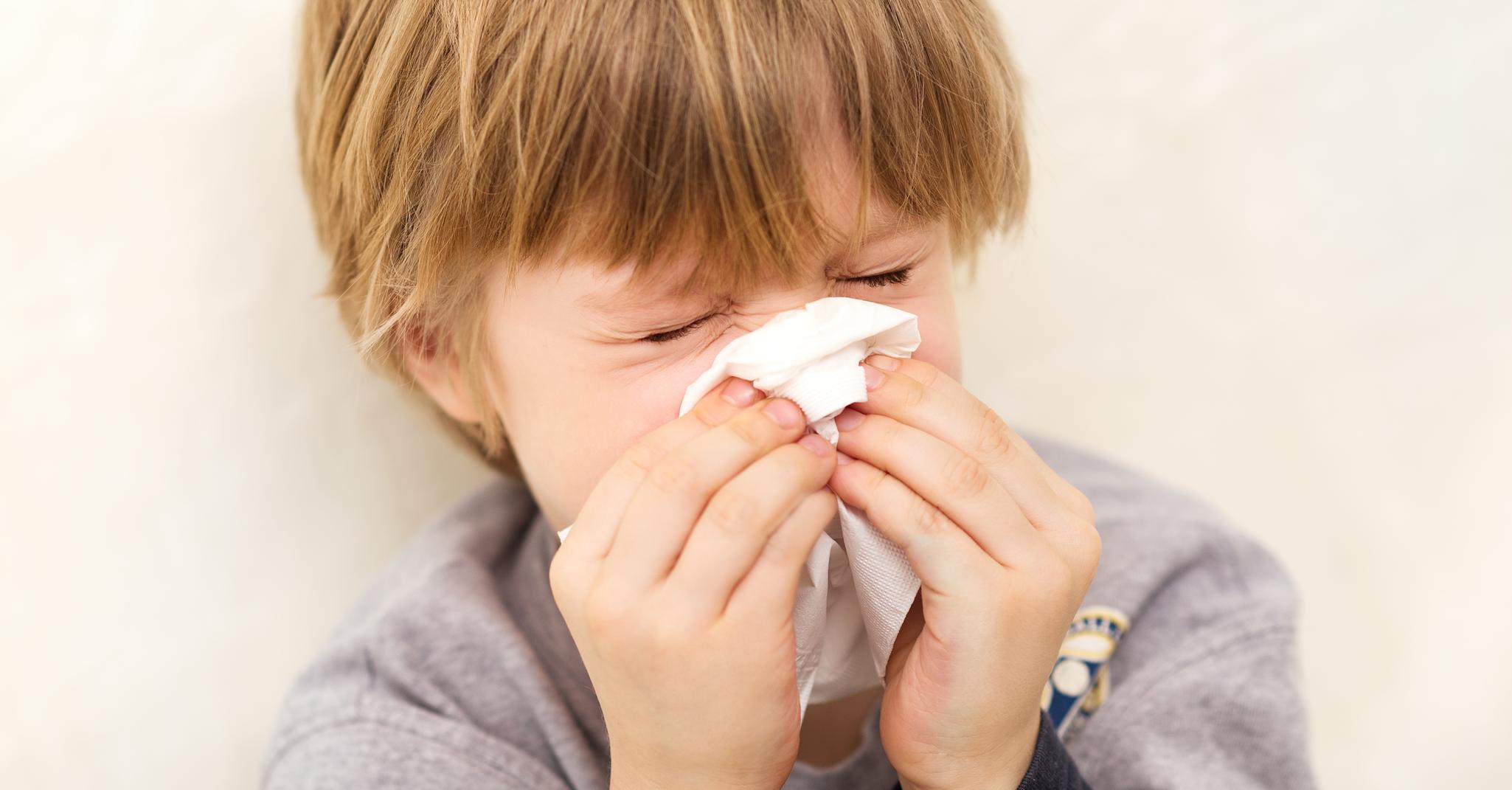Common Causes And Risk Factors Of Croup
As some parents are all too well aware, croup is a condition that generally affects young children. Croup can cause them to experience difficulty breathing and a persistent bark-like cough, indicating there is an infection in the upper airways. Swelling tends to surround the trachea, larynx, and bronchi, and it is this swelling that causes a cough to sound like a bark when air is being forced out. The good news, however, is croup typically isn't serious, it can be treated at home. However, more chronic cases should be seen by a doctor. Get familiar with the common causes and risk factors associated with croup now.
Viral Infection

One of the most common causes of croup is the presence of a viral infection. Influenza or parainfluenza virus is one of the usual suspects in this case. Most of the time, children get these types of viruses without actually developing croup. Of course, influenza viruses can be serious in children of all ages, and the sooner the virus is treated, the less likely a child will develop croup as a result of influenza.
Additionally, croup can be caused by respiratory syncytial virus (RSV). RSV tends to cause infections in the respiratory system for infants and children. The more severe the infection, the more noticeably distressed the child's breathing will become.
Continue reading to learn about the next common cause of croup now.
Spasmodic Infection

There is another type of croup that can be activated by an infection while not being caused by one. This is known as spasmodic croup, and it can be quite similar to the infection-based forms of croup since they share many symptoms, such as a barking cough. However, the spasmodic infection sets in suddenly, presenting without a fever. It can be caused by an allergic reaction and most commonly occurs in children who range between three months and three years old. Infectious crop, on the other hand, more frequently presents itself in children up to six years old.
Continue reading to learn about when the risk of croup is at its highest.
Time Of Year

Although the various forms of croup can occur during any time of the year, croup cases crop up the most frequently between October and March. It is during these cooler months that many children become ill with influenza and parainfluenza viruses, especially if they are in a contained location where they can pass it around, such as a daycare center or school. These viruses flourish during the cooler seasons but, when they do occur in warmer seasons, they tend to be milder throughout the rest of the year. Seasonal allergies also occur during these months and can cause croup to manifest. It is generally recommended to practice good hygiene with extra diligence during the cooler months, especially with children, as this can help prevent croup.
Continue reading to learn precisely how gender impacts the risk of developing croup.
Gender

While both boys and girls can contract croup, it is known to occur more commonly in boys, though the difference seems to be rather slight. There is no concrete scientific explanation as to why boys seem to get cases of croup slightly more often than girls, but it is possible physical hygiene plays a role in passing croup between young boys. Still, there is not sufficient evidence to prove this. Since girls get croup at a nearly equal rate, it can be assumed both boys and girls are impacted by multiple risk factors for infection.
Continue reading to learn the details on precisely how age can affect the risk of croup.
Age

Croup generally only affects children between about three months to six years old, depending on the type. Most infants will not contract croup before three months old, and children over six years old typically do not get croup. This is because their windpipes have expanded over time. With the expansion of the windpipes, children are less likely to develop chronic swelling in their airways that obstruct their breathing and causes the seal-like barking cough characteristic of croup. It is incredibly rare for croup to occur in teens or adults, but there are occasional cases of this happening. Older children, teens, and adults can develop sore throats and coughs after coming into contact with a child who has croup.